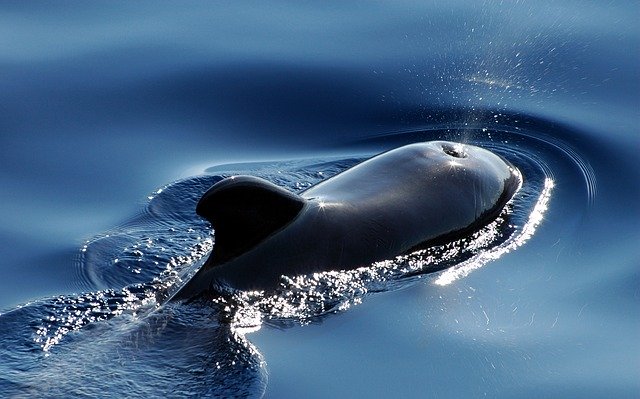In a previous post, I discussed Pema Chödrön’s ideas of developing resilience through self-compassion by “compassionate abiding” in our own pain and suffering during these challenging times of the pandemic. This entails abiding in, or dropping into, the full depth of our painful experience through our bodily sensations and conscious breathing. As we undertake slow, conscious breathing we hold our suffering with self-kindness and warmth. Lulu & Mischka in their mantra meditation, Warriors of Light, remind us to “breathe into our hearts” because breath is our chariot enabling us to face the unknown and stand on our own.
In her interview podcast with Tami Simon of Sounds True, Pema extended the concept of compassionate abiding by moving beyond self-compassion to compassion towards others. She maintained that embracing the pain and suffering of others particularly in these times, when everyone is suffering in one form or another, contributes to our resilience – we realise we are not alone and we are able to move beyond self-absorption and “panic storylines” to extending kindness to others.
Pain and suffering: a doorway to compassion for others
In these challenging times of the Coronavirus, we can be very sure that there are millions of people around the world who are experiencing suffering like we are. People are experiencing all forms of loss – of loved ones, their jobs, their business incomes, their health, their financial security or their homes. They may have become physically disconnected from their workplaces, their family and their friends, even stranded in a foreign country because of international travel restrictions. They could be healthcare professionals working on the frontline and/or living away from their families for a number of months to protect their loved ones from cross-infection. We can be very confident that there are people around the world who are feeling pain and suffering like we are.
Pema argues that abiding with compassion in our own pain and suffering is the doorway opening us to compassion towards others. In experiencing fully our own suffering, not denying its intensity or pervasiveness, we develop a deep sense of connection with others who are also suffering at this time. Pema spoke of the principle of Tonglen, a Tibetan word meaning “taking in and sending out” – taking in our own experience of pain and suffering and sending out desire for relief for others. She suggests that once we become grounded in our own suffering (this may take 10-20 minutes), we can take in the suffering of others. On our in-breath we can imagine others who are experiencing similar pain and suffering and on our out-breath, wish them relief and insight to enable them to move beyond their own discomfort, distress, grief or loneliness. Connectedness and resilience lie in this mutual experiencing.
Pema maintains that we do not have to confine this compassion towards others to a time of extreme challenge, we can use our pain and suffering as the doorway to compassion and connectedness at other times. We may be experiencing distress because a family member is suffering from Alzheimer’s or feeling panic and anxiety because someone we are carer for is experiencing the black dog of depression. At these times, we can drop into conscious breathing, embracing our distress and anxiety with kindness, and gradually move beyond this abiding self-compassion to compassion towards others who are experiencing the intensity of our own emotions.
Reflection
I think that Pema’s profound insight into compassionate abiding opens the way to develop self-compassion, compassion towards others and personal resilience. As we grow in mindfulness through conscious breathing and extending relief to others, we can move beyond our self-destructive narratives, restore our inner equilibrium and peace, and develop the resilience to not only survive these challenging times but also be able to extend help and support to others.
Compassion towards others can be expressed in many ways even in these times of social distancing – the virtual choir of women physicians singing “Rise Again” is but one example of many where people are moving beyond their own overwhelming challenges and distress to reach out to others.
Pema provides multiple resources including her many books, her free e-book titled, 5 Teachings of Pema Chödrön and her online course, Freedom to Love, which expands on the principles and practice of compassionate abiding.
_______________________________________
Image by Evgeni Tcherkasski from Pixabay
By Ron Passfield – Copyright (Creative Commons license, Attribution–Non Commercial–No Derivatives)
Disclosure: If you purchase a product through this site, I may earn a commission which will help to pay for the site, the associated Meetup group and the resources to support the blog.









